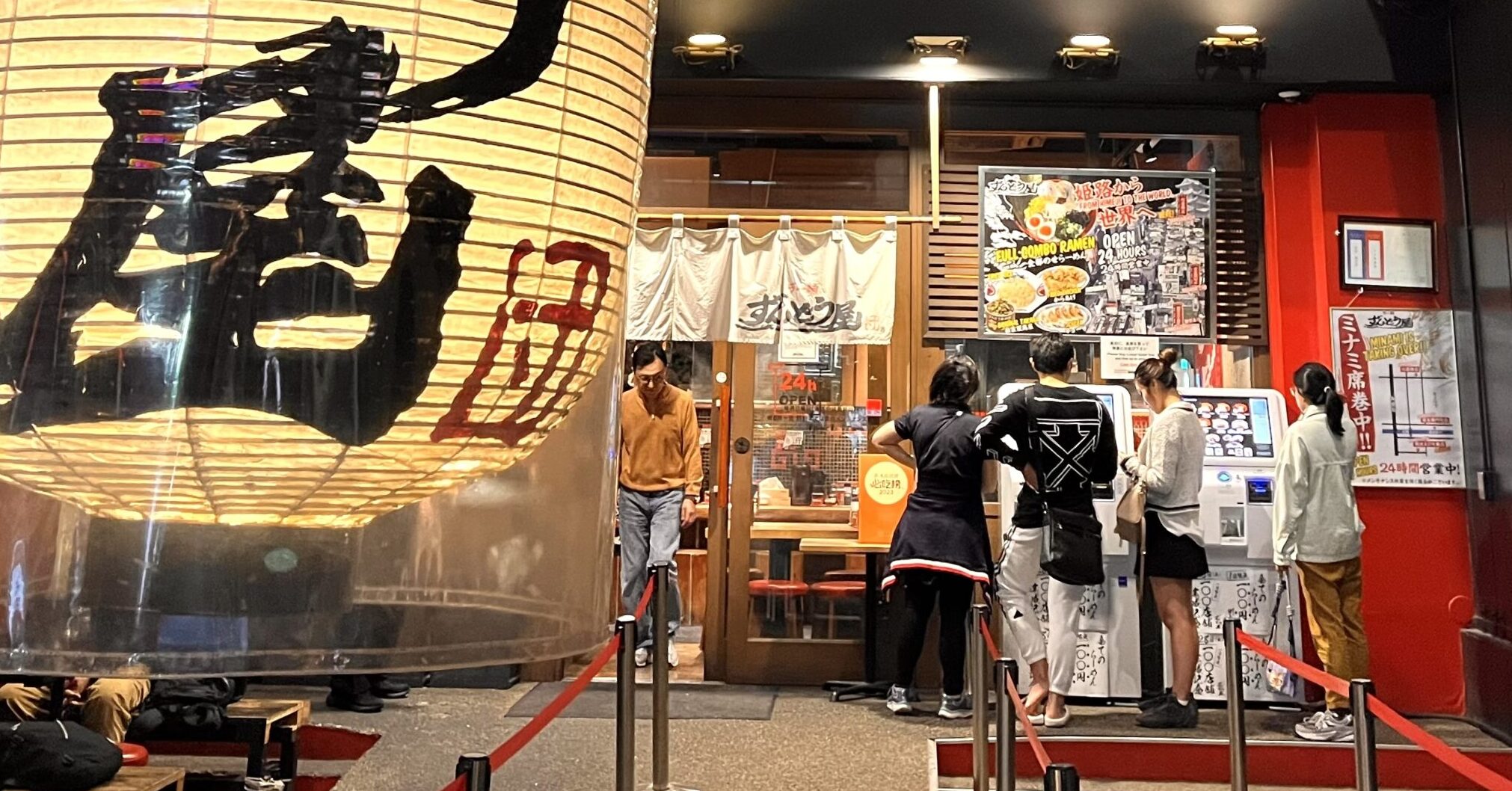
When Carmen Guerrero Nakpil peacefully breathed her last on July 30, I knew I was witnessing the end of an era of good and insightful writing.
There was a moment of denial when I received the early morning text from her daughter, Gemma, which said, “Mom died at 1:30 this morning.”
I was checking my grandson’s school bag, and obviously the news sank in quite late.
This was one message I couldn’t receive with equanimity.
Before I knew it, my grandson saw his grandfather crying like a baby.
I guess it was my destiny to be drawn to strong and accomplished women, from Cecile Licad to Marilou Diaz-Abaya, and from Gilda Cordero Fernando to Kerima Polotan and Nakpil.
Ms Nakpil must have been my first History teacher that I took very seriously. History, as I learned from classroom teachers, didn’t make any sense (at least to this once young islander).
On the island, I swore by her weekly column, “Consensus of One,” in the Sunday Times Magazine (STM).
As I write this, I mean to see her for the last time at Heritage Park in Taguig.
But I told a poet-friend: “I cannot see her for the last time in that state.”
My friend said, “You won’t see her in that state. She has been cremated and her ashes are in a jar enclosed in a box surrounded by flowers…”
Well-lived life
Since I was not sure I could accept her passing with some civility, I decided I would stay home without seeing the array of roses surrounding her urn.
Alone at home, I reflected on the number of times I shared that well-lived life.
I first saw her in the summer of 1971 when I collected my writer’s fee for a poem that ran in the STM.
After getting cold cash from the cashier’s office on Florentino Torres Street in Sta. Cruz, Manila, I went to the editorial office just to get a glimpse of Ms Nakpil.
The typical probinsiyano that I was (and still am), I was content staring at her. After looking for some time, I quietly slipped out like a star-struck fan.
In the ’80s, I discovered that Nakpil loved music, and it was with much delight that I saw her quite often at the Cultural Center of the Philippines (CCP), where I was then working as managing editor of an arts magazine.
A few times we agreed to meet to watch a concert.
I am now looking at a book (“Lake Wobegone Days” by Garrison Keillor) she gave me after watching Rossini’s “Barber of Seville” at University of the Philippines’ Abelardo Hall. It is dated Feb. 1, 1989.
She also attended most of the Licad concerts at CCP, sometimes escorted by columnist Joe Guevara, who would sing, “Mr. Tariman, Talili-Banana” every time he saw me, and Ms Nakpil would gently tap his hand to stop the joke.
I believe I joined the CGN Media Group that met every first and last Wednesday of the month just to have a regular glimpse of her and her equally celebrated daughter, Gemma.
Joining that group was providential. Those were the years she was writing her autobiographical trilogy (“Myself, Elsewhere,” “Legends & Adventures,” and “Exeunt”).
I also knew that any of those Wednesday lunches could be my last with her. There was something in the way she looked that said she wanted a graceful exit without the grand tribute and speeches.
As it were, she breathed and lived history.
Her first marriage in 1942 was to an Ateneo graduate named Lt. Ismael Cruz, a grandson of Maria Rizal, sister of José Rizal.
Her second marriage in 1950 was to architect and city planner Angel Nakpil, cousin of composer and patriot Juan Nakpil, son of Gregoria de Jesus, formerly married to Andres Bonifacio.
Leon Ma. Guerrero
On the Guerrero side, she is the granddaughter of the country’s first licensed pharmacist, Leon Ma. Guerrero, younger brother of painter Lorenzo Guerrero, who was mentor to Juan Luna.
I am no longer surprised that Nakpil and her daughter Gemma were naturally drawn to music. She is a grandniece of bass baritone José Mossesgeld Santiago-Font, the first Filipino opera singer to land at La Scala di Milan.
In her last book, “Exeunt,” Nakpil confronted the inevitable: “I have concluded that old age is really just a form of slow death. That’s probably why people say ‘the good die young.’ They die swiftly, in their prime. The other kind, ‘the poor sinners’ like me, hang on, unaware that the series of minute changes, difficulties, disappearances that occur with increasing regularity, a tooth missing, a bone breaking, a sudden ache, a mysterious weakening are really part of the inevitable final dissolution.”
She was all alone most of the time, waiting for what she said fellow Catholics loved to invoke as “the hour of our death.”
I remember my last lunch with her because we celebrated her birthday with a champagne toast.
Indeed, she liked good champagne!
As I made my awkward toast (the country bumpkin in me was hard to conceal), lines from her book reverberated in my mind, with her saying she had finally understood many things, both small and huge, fripperies and profundities.
From the life of Teresa of Ávila, she quoted: “Nada te turbe. Nada te espante. Let nothing disturb or frighten you. Everything passes. God never changes. Solo Dios basta. God alone suffices. No longer restless or fractured, rid at last of all strange gods, this very old heart withdraws into peace.”
As I write this, I am thinking of CGN surrounded by flowers.
I freeze the face of my grandson looking at me crying like an abandoned baby.
Yes, indeed, there is some truth when a wise man wrote, “There is a sacredness in tears. They are not the mark of weakness, but of power. They speak more eloquently than ten thousand tongues. They are the messengers of overwhelming grief, of deep contrition, and of unspeakable love.” –CONTRIBUTED
The author will remember Carmen Guerrero Nakpil in a special tribute concert tomorrow, Aug. 6, 7 p.m. at the Catanduanes Doctors Hospital Hall in Valencia, Virac, Catanduanes. Pianist Mary Anne Espina will play Schumann’s “Widmung” (Dedication) and classical guitarist Sting Asistores will play the adagio movement from Joaquin Rodrigo’s Concierto de Aranjuez to cap the evening. The concert is sponsored by the Catanduanes Doctors Hospital, Catanduanes Tribune and Catanduanes Midtown Inn. It is open to the public, first come first served; contact 0906-5104270.













































